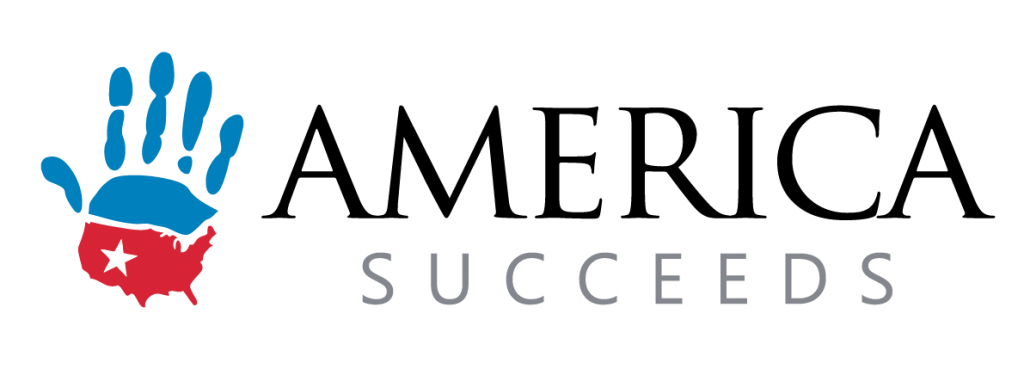Since 2017, America Succeeds has been urging education systems to embrace the adaptability, flexibility, and agility needed to meet the demands of a rapidly evolving future of work: ever-evolving technology and automation continually redefine the skills needed for future success. Graduates need to prepare for radical societal and workplace disruptions if they are to have any shot at thriving personally or professionally. However, the disruptive force of a global pandemic was beyond anything we could have imagined.
Our new report, Agility Thriving: Education Adapting in a Time of Global Disruption, highlights stories of heroism, strength, and resilient communities. There are thousands of school leaders and educators, alongside countless parents and families, who rose to face the many challenges of the pandemic. The brightest among these embody organization-wide agility. By building out McKinsey & Company’s Trademark of Agile Organization’s table – concentrating on strategy, structure, process, people, and technology – to fit an education lens, we highlighted schools with promising agile practices that allowed them to effectively navigate the pandemic.
Spotlighting School Systems in Agility Thriving
Achievement First: Leaning on Strong Values
Achievement First’s effective response is attributed to their strong mission and set of core values: leading with racial equity, striving for excellence, embracing challenges, caring for the whole person, and choosing joy. Achievement First’s CEO Dacia Toll is quoted as saying, “All the core values were relevant to Achievement First’s efforts to create quality remote learning programs. Times of crisis are when you most need your values.” Their action-oriented set of values, which are the result of stakeholder-informed feedback from students, parents, and staff, have served as the catalyst for their success in improving student outcomes, and now, facing COVID-19.
Following their strong set of core values, Achievement First’s high-performing leadership and team structure and the tight-knit relationship and feedback loops they have created with students and their families were drivers of their agile response. These elements allowed them to swiftly and effectively transition to an online learning platform and become an exemplar for success in a time when the majority of schools across the country were struggling.
Milwaukee Public Schools: Tech-Minded Approach
Prior to COVID-19, Milwaukee Public Schools was already a technology-centric district with a variety of tech platforms available to all students and staff with district offices focused solely on technology. By already having full-scale technology programs in place, they were able to quickly move their learning online. Their systems were far more advanced than most districts around the country, where the digital divide was coming to light and disproportionately affecting the most vulnerable students.
In the wake of the pandemic, they have created a comprehensive technology plan ensuring the ratio of students to computer devices is less than 2:1 across the district and provides a suite of support for students, teachers, and families. The district has also allocated $30 million to emerging technology needs, reinforcing their commitment to ensuring students are able and ready to learn during the ongoing disruption.
Oakland Unified School District: Activating Community Connections
As Oakland Unified School District navigated their way through sudden school closures and developing reopening plans, the ability to leverage strong existing community partnerships became a defining feature of their response.
OUSD’s community partnerships help them launch a variety of initiatives. The district launched a food and basic needs distribution program alongside a team of non-profit organizations and partners, partnerships with Uber and Lyft to provide students with free rides to grab-and-go locations, school-based health clinics, and a COVID-19 relief fund for families in need. Their largest initiative, the #OaklandUnified campaign was a partnership with a variety of government offices, organizations, and tech companies that successfully raised $12.5 million to purchase equipment to close the tech divide in the district.
The district understands that strong community partnerships like these play a big role in meeting their vision of equity and ensuring each and every student is prepared for college and career.
Tulsa Public Schools: Prioritizing People
After overhauling their professional development and teacher training programs in the last few years, Tulsa Public Schools has made prioritizing and retaining their staff a top priority. Partnering novice teachers with experienced teacher mentors and coaches
By giving their people the support they need to be successful, Tulsa Public Schools have created a network of empowered teams and leaders by investing in their workforce. The network has allowed for support amongst each other and an ongoing commitment from the district to offer continuous training and development during this unusual time.
IDEA Public Schools: Organization-wide Agility
When IDEA Public Schools were forced to close throughout Texas and Louisiana, the response was immediate. Their success in bringing all students, ready-to-learn, onto an online learning platform was driven by the promise they make to every student and their family that they will go to college. With a 100% acceptance rate track record of their graduates being college-bound, they had to live up to that promise.
Losing weeks or months of the school year wasn’t something IDEA was willing to accept. Instead, they responded to COVID-10 with incredible, organization-wide agility. They had open lines of communication with staff, clear and define roles and management tiers, feedback loops with families, and a commitment to safety for their entire school community with students clearly at the center of their work.
There is no way for schools to make disruptions obsolete. However, they can be more ready and able to deal with them – and these schools are clear examples of how to get there.
To learn more about the school systems in agility thriving, check out the full report here.

